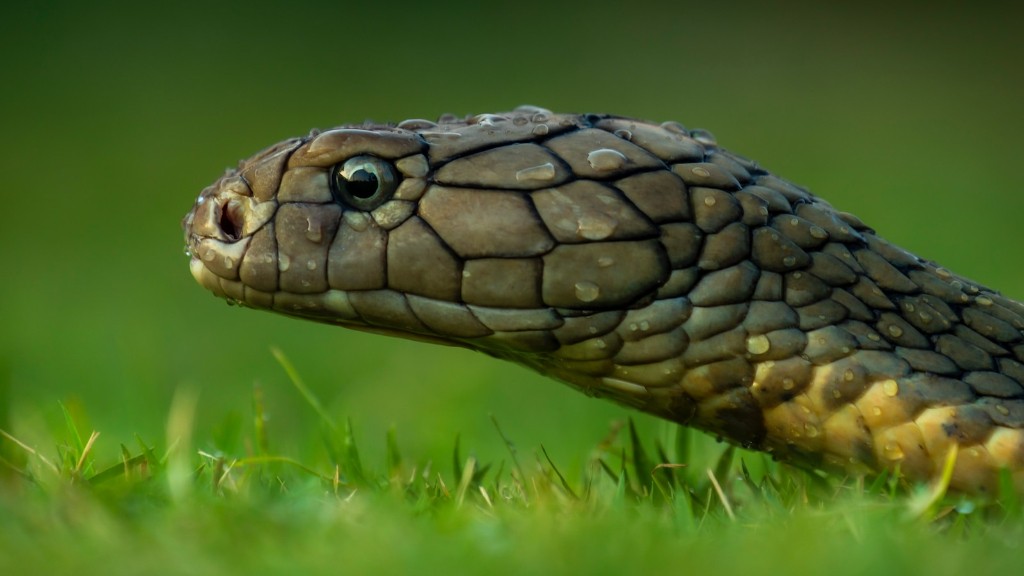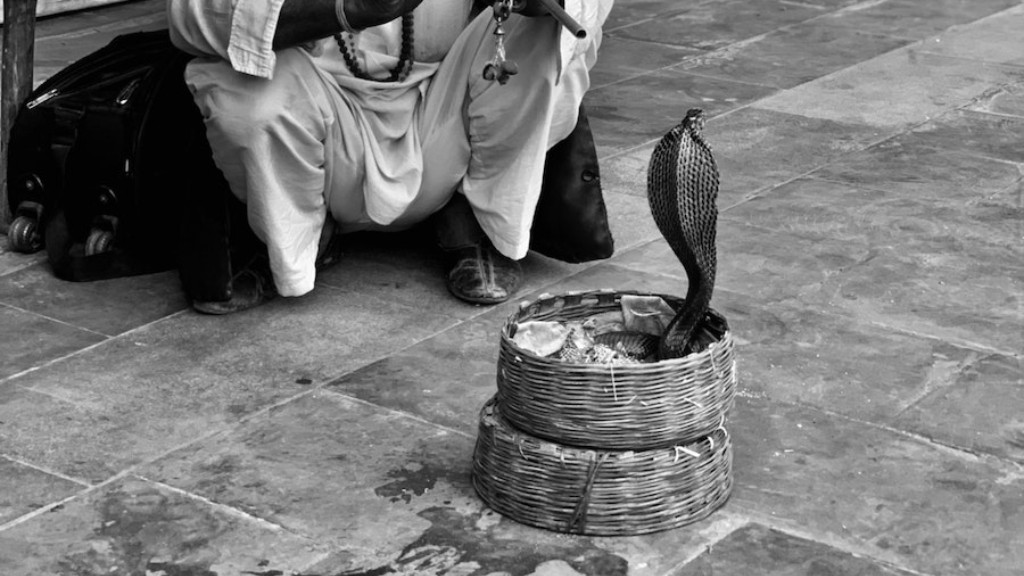Cobra Snake: Interesting Facts
Introduction
The cobra snake, known for its iconic hood and venomous bite, is a fascinating creature that has captured the attention of humans for centuries. In this article, we will explore some interesting facts about cobras, their behavior, habitat, and their role in the ecosystem.
1. Appearance and Physical Characteristics
- Cobras belong to the family Elapidae, known for their slender bodies and highly venomous fangs.
- They have elongated hoods, which they can expand when threatened to appear more intimidating.
- Most cobras are known for their distinctive patterns, such as the ringed pattern of the king cobra or the iconic spectacle markings of the Indian cobra.
- These snakes are typically found in shades of brown, black, or olive green, allowing them to blend into their surroundings.
2. Behavior and Habitat
- Cobras are mainly found in the tropical regions of Africa and Asia, preferring habitats such as grasslands, forests, and wetlands.
- They are known to be both terrestrial and arboreal, meaning they can live on the ground as well as climb trees.
- These snakes are solitary creatures, only coming together during mating season or to bask in the sun.
- When provoked, cobras can strike with incredible speed and accuracy, delivering a venomous bite that can be lethal to their prey or predators.
- Some species of cobras, like the spitting cobra, can even spray venom at their attackers, aiming for the eyes to temporarily blind them.
3. Ecosystem Role and Impact
Cobras play a vital role in their ecosystems by controlling rodent populations. As efficient hunters, they help keep the balance of prey species in check. The presence of cobras also helps prevent the spread of diseases carried by rodents, ultimately benefiting other organisms within the ecosystem.
Additionally, cobras are important predators of other venomous snakes, serving to regulate their populations. This not only contributes to the overall biodiversity of their habitats but also indirectly protects humans from dangerous encounters with venomous snakes.
4. Venom and Predatory Behavior
- The venom of cobras is primarily used for hunting and self-defense.
- It is delivered through their hollow fangs, usually injected into their prey to paralyze or kill it.
- The composition of cobra venom varies among species, with some being more potent than others.
- Contrary to popular belief, not all cobras are highly venomous, but all have the potential to cause harm to humans if provoked.
- When hunting, cobras rely on their keen eyesight to locate prey, and their venom ensures a swift demise.
5. Conservation Status
Given their unique characteristics and ecological importance, it is crucial to protect the populations of cobras. However, many species are facing threats due to habitat loss, illegal wildlife trade, and persecution.
Conservation efforts focus on raising awareness, implementing legal protections, and preserving their natural habitats to ensure the survival of these remarkable creatures.
Conclusion
The cobra snake, with its mesmerizing appearance and deadly venom, continues to intrigue and instill fear in humans. Understanding their fascinating characteristics, behavior, and ecological role is vital for both scientific research and our efforts to conserve these remarkable creatures. By appreciating the importance of cobras in their native habitats, we can work towards a future where these captivating snakes thrive alongside other species in a balanced ecosystem.

